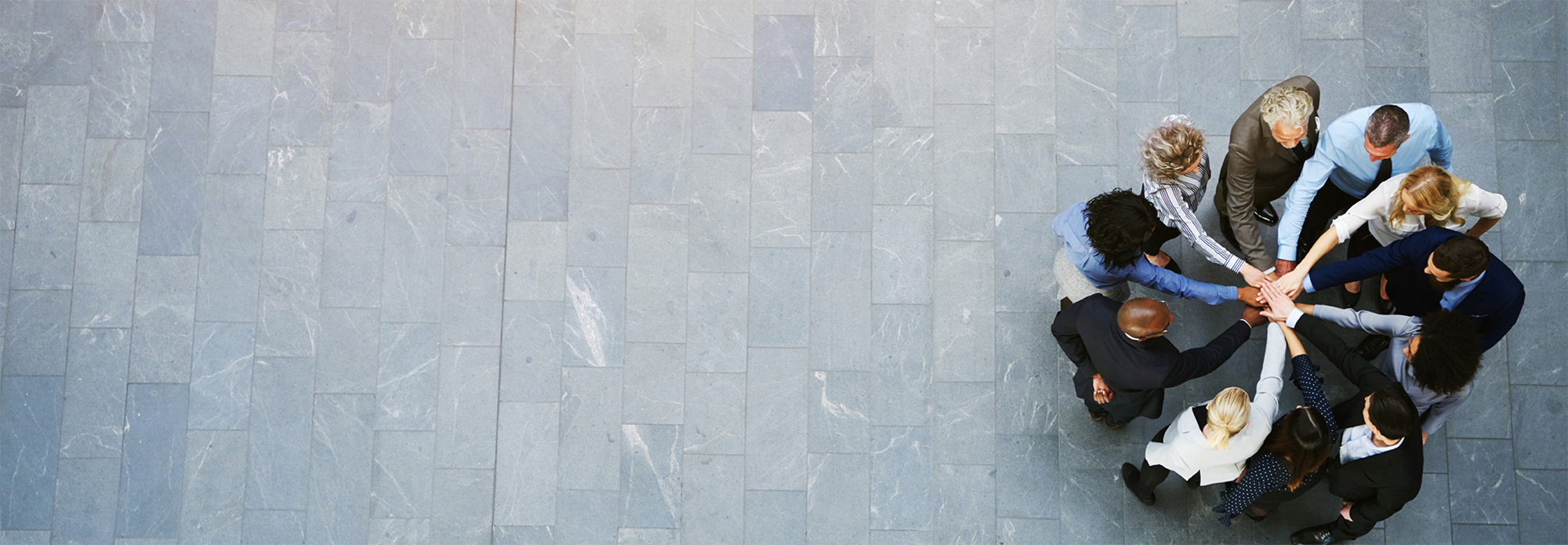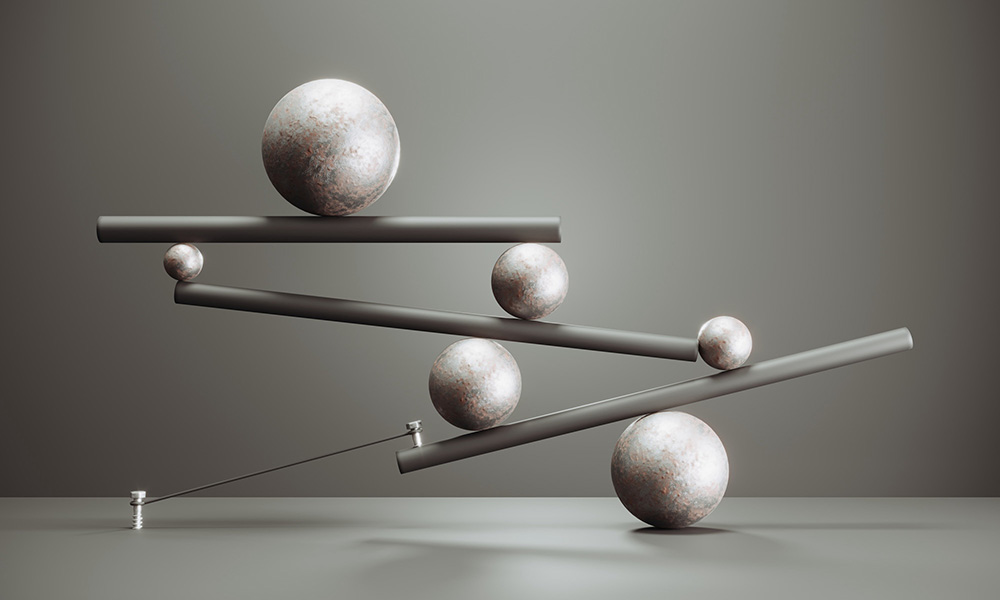I was speaking with Selvam, the inspiring founder of Wheelocity – a young company on the quest to transform B2C commerce for Bharat. From the early days, Selvam and his team established certain team practices they follow meticulously. These include a salutation (lovingly greeting each other with “WOW Vandhaachu”, in Tamil), a daily morning huddle, starting every large meeting with the WOW anthem and ensuring that all employees are in the field regularly (wearing their company T-shirts). Selvam believes these practices have greatly helped build team cohesion and foster trust. When I spent time with the Wheelocity team, I was amazed by how enthusiastically the team had embraced these rituals.
Workplace rituals such as these — when done right — offer a slew of benefits. They can keep us connected to our colleagues, enhance purpose and elevate performance. On a personal level, we can use them to kickstart and close out our workdays as well as to prepare ourselves to meet big challenges.
While the field of social science focuses mainly on the religious and cultural aspects of rituals, it goes much further than that. The fact is, we all follow rituals—as individuals, with family and friends, and even as sports fans. Rituals at the workplace are simply an extension of this same idea.
Rituals hold immense power. They can shift our mental and emotional state, thereby helping us cope with sadness, overcome stress, or enhance enjoyment. They are also an important way for groups to bond more closely, build trust and belonging, and reinforce shared values.
Habit vs. ritual
Habits and rituals are not the same, although we may perform both as part of our routine. A habit is a practical activity that doesn’t have any deeper meaning attached to it. It’s just something we do regularly, like brushing our teeth or showering.
A ritual, however, is invested with special meaning. We like doing it in a particular way or at a particular time, such as taking a specific route for weekend walks or wearing a favourite accessory for important occasions. This additional significance is what differentiates a ritual from a habit.
The usefulness of workplace rituals
In his book The Ritual Effect, Harvard Business School Professor Michael Norton shares research that confirms the value of certain rituals at the workplace. Two of his key insights can help us reorient our own approach to these oft-misunderstood practices:
- Many rituals followed by employees are self-created (not mandated by higher-ups).
- Rituals offer an effective way to add structure and meaning to work.
Although team rituals might feel awkward and unnatural, particularly at first, they can help shift the mindset from “me” to “we”. In turn, this creates a range of positive outcomes, including more connected teams and stronger performance. Collective customs can also be a great way to reinforce the “office culture”.
Team members who participate in at least one group ritual report finding more meaning at work than those who follow no rituals at all.
Even simple things, like starting Monday morning meetings with a quick recap of everyone’s weekend or having lunch together every Friday, have a positive impact.
It’s worth remembering that the best rituals have both a physical and a collective element to them. People come together to talk and share stories, break bread, raise a toast, and so on. This is what was sorely missed by many employees during the pandemic.
On a personal level, rituals can drive motivation and confidence, as well as facilitate better work-life balance. Well-established rituals also serve as a point of stability during tumultuous periods. Even if everything else is in flux, we can always turn to our rituals as a comforting anchor in the storm.
Harness the potential of workplace rituals
Here are seven suggestions to help you create effective workplace rituals:
1. Co-create, don’t mandate.
“Give me a W!” begins the legendary Walmart cheer, which includes a twist on the now-defunct squiggly. Described variously as epic, annoying, collaborative or cultish, the chant is one of the most famous examples of a workplace ritual created and pushed by corporate.
Research now tells us that a top-down approach isn’t the most effective. Rituals prove to be far more beneficial when employees take ownership of them. Leaders seeking to leverage the power of rituals should let team members take the lead on creating, driving and helming these practices.
2. Align rituals with organizational values.
When creating team rituals, look to your organization’s mission and vision for inspiration. Workplace strategist Erica Keswin, who has studied the impact of rituals for decades, suggests asking the following “magic question”:
“When do you feel most [company]-ish?” (insert the name of your company)
Values like curiosity, connection, care, gratitude and belonging lend themselves well to ritual-crafting.
Alongside weekly or monthly customs, teams can also benefit from special rituals centred around significant achievements and milestone moments. When positive outcomes are recognized and celebrated as a group, the shift from “me” to “we” grows stronger.
3. Keep the new generation in mind.
Many young employees, especially those from Gen Z, are more comfortable communicating virtually, even when sitting next to each other. Team rituals can play an important part in bringing these members into the cultural fold of the organization — but forcing them to engage in predetermined ways isn’t a good approach.
As you design shared rituals, encourage your twenty-something team members to be an active part of the process. Fostering a psychologically safe space will allow them to share their own ideas and suggestions, thus facilitating the creation of customs that bridge the generational divide.
4. Gauge the pushback.
Don’t expect 100% buy-in for any ritual, especially in the early days. There will always be a few team members who don’t enjoy participating — and that’s okay. As Norton notes:
Despite the fact that they think the thing is ridiculous, it can over time start to mean something to them, and they then feel differently about their coworkers and their work.
However, the proportion of eye-rolls or complaints can reveal whether the activity is truly a ritual or more like “forced fun”. If you’re getting a significant amount of pushback, even after a few weeks, go back to the drawing board. Refocus on key factors like purpose, connection and gratitude.
5. Make workplace rituals inclusive.
Avoid lengthy, complicated or inconvenient rituals that exclude certain team members. In an interview, McKinsey partner Brian Hancock makes a good point about the intention behind the activity:
If you’re having a happy hour and the purpose is to express gratitude for what folks have done — buy somebody a drink and say, “Hey, thanks. I know it’s a hard week” — that’s a pretty good happy hour, whether you’re drinking alcohol or not. And if everybody’s comfortable with [the venue], great. If not, find another way to express the same gratitude in a way that’s inclusive.
Messaging is critical. The ritual isn’t to drink, the ritual is to be together and say thanks.
Shared rituals outside of work hours should also account for team members’ personal circumstances, including factors like childcare and commute safety, which disproportionately impact women. Thoughtlessly designed rituals can quickly become boys’ clubs, defeating their objective of building team-wide connectivity and cohesiveness.
6. Consider rituals beyond the workplace.
Rituals can also extend past the immediate work sphere to embrace a broader scope. In her HBR article, Keswin gives the example of the Time to Connect initiative at global communications firm Weber Shandwick. Started in response to the George Floyd tragedy, this monthly gathering for employees has become a cherished permanent custom. Its purpose is to “bring employees together in an open forum to discuss societal issues and foster a sense of community”.
7. Establish your own personal rituals.
If you don’t already have rituals, consider creating ones to start/end the workday — an excellent way to support the transition between work and personal life. Choose an activity that resonates with you personally. Popular options include calming meditations, exercise, or even a dance party for one! Some people have a commute ritual involving music, podcasts, coffee or reading, while others focus on their relationship with technology, e.g., closing all windows on the laptop and enjoying some phone-free time with pets/kids.
You could also design a performance ritual to prepare for stressful situations like a big presentation or a crucial meeting. Whether you give yourself a pep talk in the mirror, listen to a motivational playlist, or do deep breathing with affirmations, this practice can alleviate tension and get you in the right frame of mind.
Workplace rituals can relax, focus and energize us. They can deepen our ties with co-workers, make our workdays more rewarding, and support work-life balance. Even if you don’t love rituals, don’t be so quick to dismiss them. Look beyond the common clichés to discover new possibilities and form your own meaningful rituals.








Comments